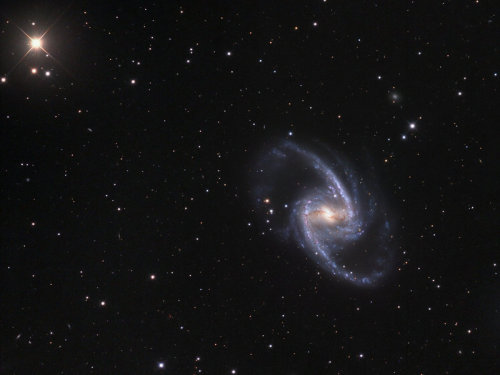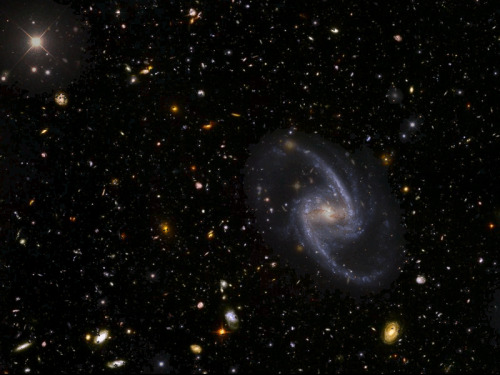Chris-z-2135-46-blog - Space Travel

More Posts from Chris-z-2135-46-blog and Others
I would like to die on Mars. Just not on impact.
Elon Musk


Trillions and Trillions
As far as astronomers know, this universe of ours is nearly 14 billion years old and 93 billion light-years across. Only objects between 10 to 12 billion light-years distant will ever be visible due to the expansion of the universe.
Recently, a new survey upped the believed galactic population from around 100 billion to TWO TRILLION.
Images: Left: NGC 1365 Credit: Jason Jennings Right: Hubble Deep Field added to the background of NGC 1365 Credit: NASA/ESA

Nebula Images: http://nebulaimages.com/
Astronomy articles: http://astronomyisawesome.com/

Astronaut Alan L. Bean, Lunar Module pilot for the Apollo 12 lunar landing mission, holds a container filled with lunar soil collected while exploring the lunar surface. Astronaut Charles “Pete” Conrad Jr., commander, who took this picture, is reflected in the helmet visor.
Credits: NASA


Deep Magellanic Clouds Image Indicates Collisions : Did the two most famous satellite galaxies of our Milky Way Galaxy once collide? No one knows for sure, but a detailed inspection of deep images like that featured here give an indication that they have. Pictured, the Large Magellanic Cloud is on the bottom right. The surrounding field is monochrome color-inverted to highlight faint filaments, shown in gray. Perhaps surprisingly, the featured research-grade image was compiled with small telescopes to cover the large angular field nearly 40 degrees across. Much of the faint nebulosity is Galactic Cirrus clouds of thin dust in our own Galaxy, but a faint stream of stars does appear to be extending from the SMC toward the LMC. Also, stars surrounding the LMC appear asymmetrically distributed, indicating in simulations that they could well have been pulled off gravitationally in one or more collisions. Both the LMC and the SMC are visible to the unaided eye in southern skies. Future telescopic observations and computer simulations are sure to continue in a continuing effort to better understand the history of our Milky Way and its surroundings. via NASA
js
When the bass drops
Gimme fuel

Thunderstorms as seen from the ISS
js

